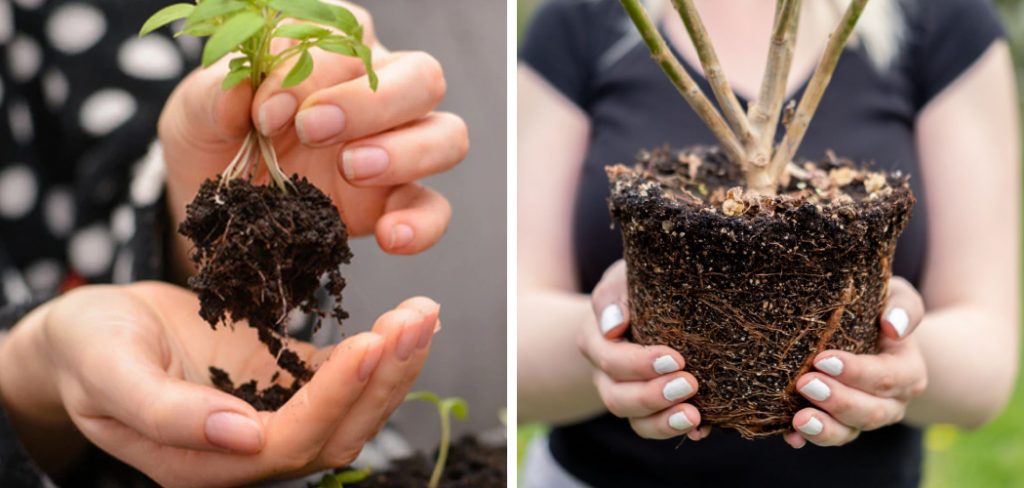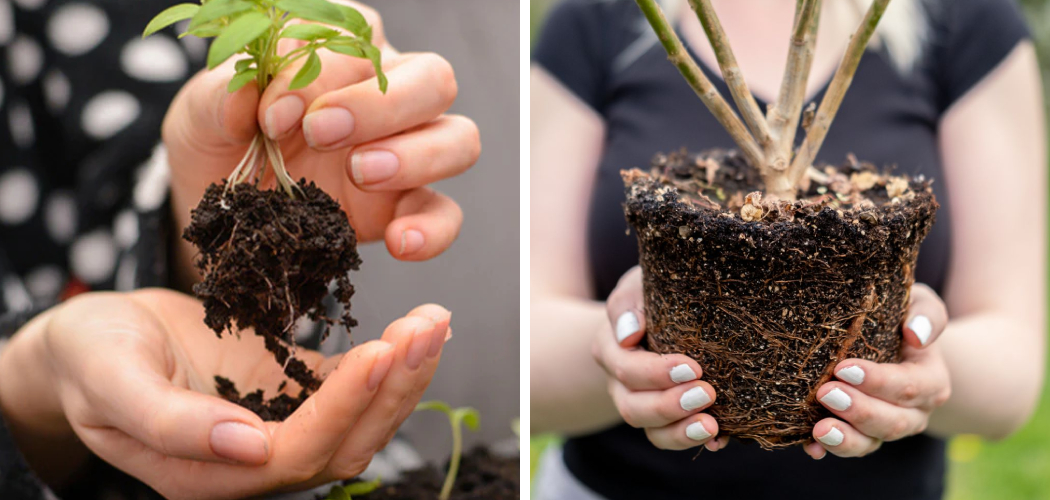To reduce transplant shock, ensure proper watering, provide adequate light and temperature conditions. Transplant shock can be a challenging phase for plants, potentially leading to stunted growth or even death.
However, with the right care and attention, this process can be eased for the plant’s successful transition. One crucial factor in reducing transplant shock is proper watering; plants should be given enough water to establish their roots without causing root rot.
Providing the plant with adequate light and temperature conditions is also vital for its recovery and growth. By taking these steps and ensuring a smooth transition, transplant shock can be minimized, leading to healthier and thriving plants.

How to Reduce Transplant Shock: Step by Step Guide
Understanding Transplant Shock
Transplant shock can be a daunting experience for both novice and experienced gardeners. Understanding the signs and symptoms is essential. The most common indications of transplant shock include wilting leaves and slowed growth. The causes of transplant shock can vary, ranging from damage during the transplantation process to improper soil conditions.
Factors affecting transplant shock include temperature changes, inadequate watering, and poor root development. To reduce transplant shock, it is crucial to ensure proper handling and preparation of the plants before transplanting. This includes careful excavation and transportation of the roots to minimize damage.
Additionally, providing the new transplants with the right soil, adequate moisture, and suitable light conditions can help minimize the shock. By following these steps, gardeners can increase the chances of a successful transplant and promote healthier growth in their plants.
Minimizing Transplant Shock
Preparing the plant properly before transplantation is crucial to minimizing transplant shock. Timing is also important, ensuring you choose the right time for transplantation. Adequate watering is essential before transplanting, ensuring the plant is properly hydrated. Pruning and trimming techniques help to promote healthy growth post-transplantation.
When transplanting, it’s important to follow proper techniques to minimize stress on the plant. Correct planting depth and technique ensure the plant has a solid foundation. Handle the roots with care to avoid damage during the transplant process. Using high-quality soil and fertilizers provide the necessary nutrients for the plant to thrive.
Post-transplant care includes watering and managing moisture levels. Protect the plant from extreme temperatures that could cause stress. Monitor and adjust light exposure for optimal growth. By following these steps, you can effectively reduce transplant shock and promote a successful transplant.
Promoting Recovery After Transplantation
Promoting recovery after transplantation is crucial in reducing transplant shock. One effective method is using root stimulants and growth boosters. These products encourage root development and enhance overall plant growth. Another technique to combat transplant shock is through mulching. This involves applying a layer of organic material around the base of the plant to regulate soil temperature and moisture levels.
Additionally, nutrient supplementation plays a significant role in promoting plant resilience. Supplying plants with the essential elements they need promotes healthy growth and helps them adjust to their new environment. By following these methods, gardeners can minimize transplant shock and ensure successful transplantation.
It is essential to provide the best conditions for the plants to recover and thrive, ultimately leading to a flourishing garden or landscape.
Common Mistakes To Avoid
Transplant shock can be reduced by avoiding common mistakes associated with overwatering and underwatering. It’s important to strike a balance in watering to ensure optimal plant health. Similarly, excessive fertilizer application should be avoided as it can cause stress to the transplanted plant.
Neglecting proper pruning and maintenance can also contribute to transplant shock. Regular pruning promotes healthy growth and reduces stress. Maintenance tasks such as removing dead leaves and pests helps to maintain plant vitality. By avoiding these mistakes, transplant shock can be minimized, giving your plants a better chance of survival and thriving in their new environment.
Frequently Asked Questions Of How To Reduce Transplant Shock
How Can I Reduce Transplant Shock In My Plants?
Transplant shock can be minimized by preparing the soil in advance, watering thoroughly after transplanting, and providing shade for a few days. Additionally, ensure that the plants are well-established before transplanting and avoid disturbing the roots too much during the process.
Why Is Transplant Shock Harmful For Plants?
Transplant shock can have a negative impact on plants because it disrupts their root system, causing stress and reducing their ability to absorb water and nutrients effectively. This can weaken the plants and make them more susceptible to diseases, pests, and even death if not addressed promptly.
When Is The Best Time To Transplant Plants To Avoid Shock?
To minimize transplant shock, it is recommended to transplant plants during the cooler seasons of spring or fall. This allows the plants to establish their root systems before dealing with extreme temperatures. Avoid transplanting during periods of intense heat or cold, as this can increase the risk of shock.
Conclusion
Reducing transplant shock is essential for the successful establishment and growth of newly planted trees and shrubs. By following the right techniques and providing proper care, you can minimize the stress experienced by the plant during the transplantation process. Remember to choose the right planting location, prepare the soil properly, and water the plant adequately.
Provide the necessary nutrients and protection to ensure a healthy recovery. It is also important to monitor the plant closely and make adjustments as needed. By implementing these strategies, you can greatly improve the chances of your transplants thriving in their new environment.
With patience and care, you can minimize any setbacks caused by transplant shock and enjoy the beauty and benefits of a flourishing landscape.

